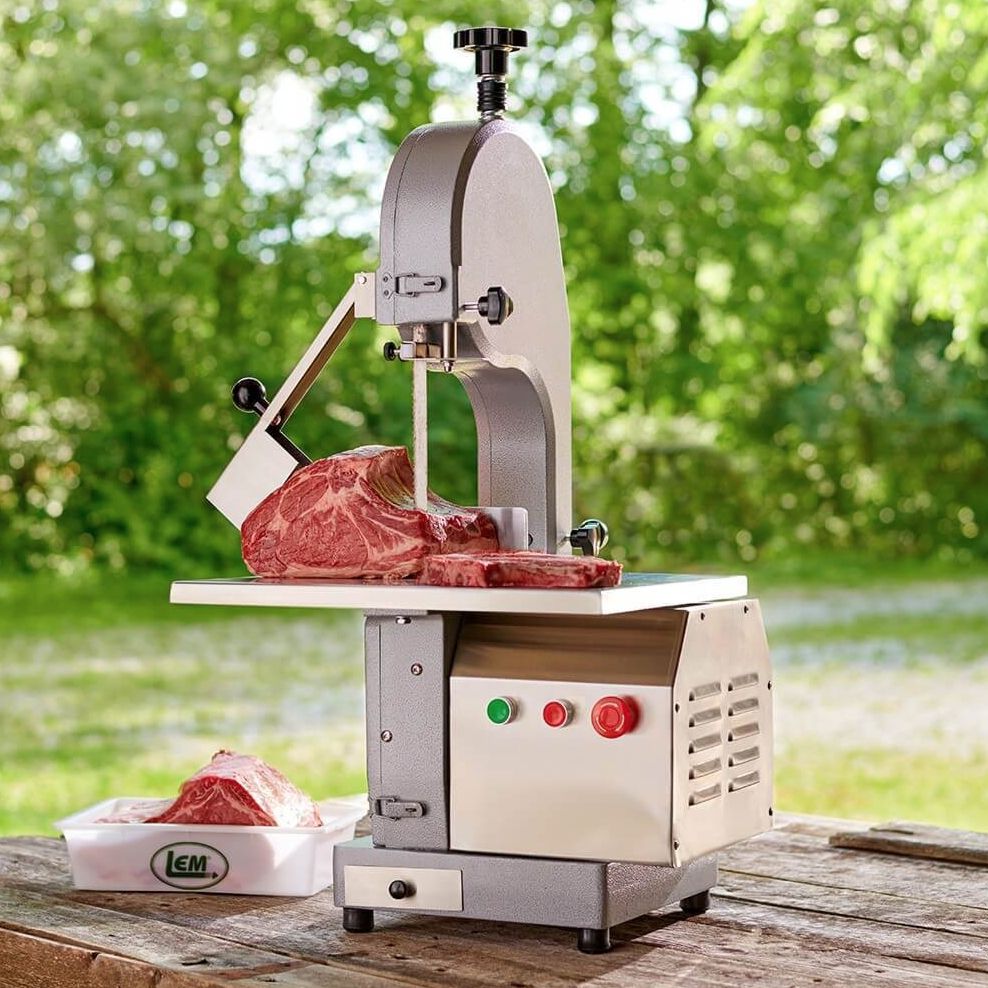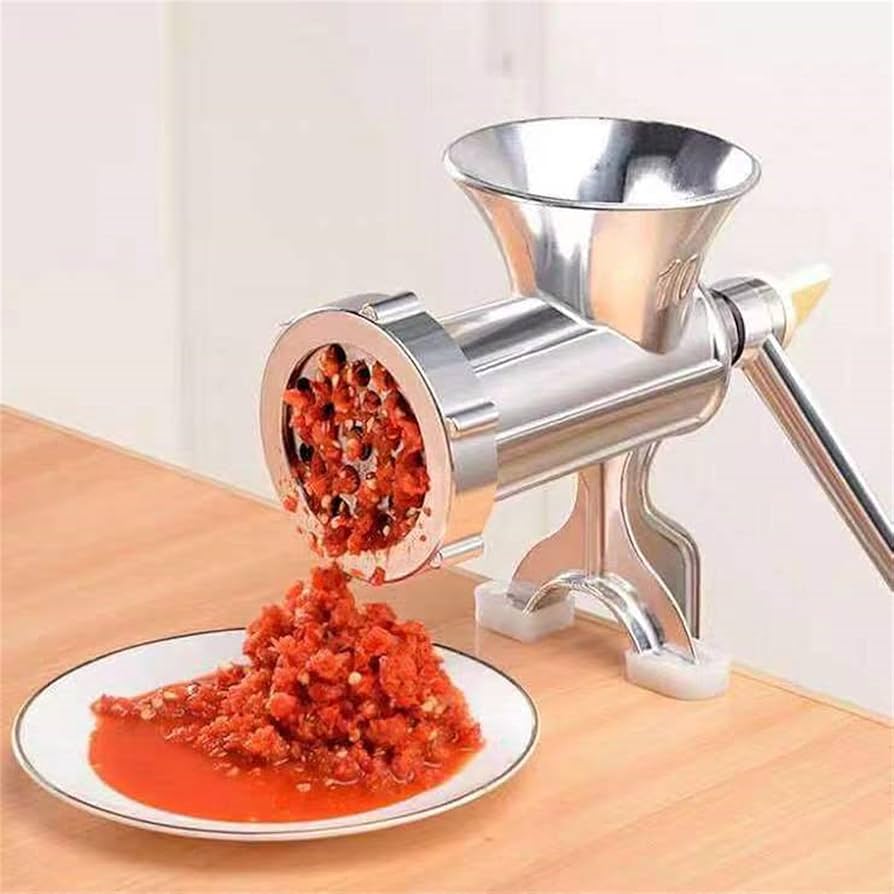Ever been there? You’re halfway through prepping for the most epic homemade burgers or sausages, the kitchen filled with anticipation, and then… silence. Or worse, a horrible grinding, crunching sound that definitely isn’t the meat. Your meat grinder has given up the ghost. Before you throw in the towel (and the meat), let’s talk about How To Troubleshoot A Meat Grinder. I’ll never forget the first time my trusty machine seized up on me. My initial panic quickly turned into a learning experience, and today, I’m going to share everything I’ve learned so you can get back to grinding in no time.
This guide is your go-to resource for diagnosing and fixing the most common issues that plague these kitchen workhorses. We’ll turn that frustration into a quick fix.
Common Meat Grinder Problems and How to Fix Them
Let’s dive right into the nitty-gritty. Most Meat Grinder Problems fall into a few common categories. Identifying the symptom is the first step to finding the cure.
Help! My Meat Grinder is Jammed or Clogged
This is, by far, the most frequent issue. The motor hums, but the auger (the big screw-like part) is stuck.
A jammed grinder is usually caused by sinew, silver skin, or fat building up and wrapping around the auger or blade, preventing it from turning. It can also happen if you’re trying to force too much meat into the machine at once.
How to Fix It:
- Stop and Unplug: The absolute first step is to turn off the grinder and unplug it from the wall. Never try to clear a jam while the machine is powered on. Safety first, always.
- Hit Reverse (If You Can): Many electric grinders have a “reverse” function for this very reason. Run it in reverse for a few seconds. Often, this is enough to dislodge the clog and push the blockage back out the top.
- Time for Disassembly: If reverse doesn’t work, you’ll need to take it apart. Carefully disassemble the grinding head—remove the locking ring, the grinding plate, the blade, and then pull out the auger.
- Clear the Culprit: You’ll likely find the offending piece of gristle or sinew wrapped tightly around the blade or auger. Remove it completely. This is also a good time to clear any meat packed into the housing.
- Reassemble and Test: Put everything back together correctly (we’ll cover proper assembly later) and give it another go with a small piece of meat.
The Motor is Running, But Nothing is Coming Out
This is a frustrating one. You can hear the machine working, but the output has trickled to a stop.
This issue is almost always caused by improper assembly. Most commonly, the blade has been put on backward. The flat side of the blade must face outward, pressing flat against the grinding plate. If the curved blades are facing the plate, they won’t cut anything; they’ll just smush the meat against it.
Expert Tip from Chef David Wilson: “Think of it like a pair of scissors. The two sharp, flat edges have to meet to make a cut. It’s the same principle with your grinder’s blade and plate. Flat against flat is the golden rule.”
Why is My Ground Meat Mushy and Pasty?
You wanted beautifully textured ground chuck, but what came out looks like a sad, pink paste. What went wrong?
Mushy meat is a classic sign of two things: a dull blade or warm meat. When the blade is dull, it doesn’t slice through the meat fibers; it smashes and tears them. Likewise, when the fat in the meat gets warm, it smears instead of cutting, creating that dreaded paste.
The Solution:
- Chill Everything: This is the number one rule of great grinding. Your meat should be partially frozen, firm to the touch but not solid. I recommend cutting it into cubes and spreading it on a baking sheet in the freezer for 15-30 minutes. Don’t forget to chill the metal grinder parts, too! A cold grinder keeps the meat cold.
- Sharpen or Replace Your Blade: Grinder blades are not immortal. If you use your machine often, the blade will get dull. You can have it professionally sharpened, or simply buy a replacement. They are relatively inexpensive and make a world of difference. Trying to grind with a dull blade is like trying to chop a tomato with a butter knife—it just makes a mess.
My Grinder is Making a Loud, Grinding, or Squealing Noise
Unusual noises are your grinder’s way of screaming for help. Don’t ignore them!
A loud grinding or metallic squealing sound can indicate that the internal gears are stressed, a part is loose, or something hard (like a piece of bone or a forgotten fork tine… it happens!) has entered the machine.
What to Do:
- Stop Immediately and Unplug: Again, safety is paramount.
- Disassemble and Inspect: Take the grinding head apart and check for any foreign objects.
- Check for Damage: Look closely at the auger, blade, and plate for any chips or cracks. A damaged part should be replaced immediately.
- Proper Lubrication: Some manual grinders require food-grade lubricant on their moving parts. Consult your user manual. For electric models, the gearbox is usually sealed, but if the noise persists, it may indicate an internal motor or gear issue that requires professional service.
Prevention is Better Than Cure: Proactive Meat Grinder Care
The best way to learn how to troubleshoot a meat grinder is to prevent problems from happening in the first place. A little prep and proper maintenance go a long, long way.
How to Clean a Meat Grinder Properly
Cleaning your grinder isn’t just about hygiene; it’s about performance. Leftover fat and meat particles can harden and cause jams later on.
The best way to clean a meat grinder is to do it immediately after use. Run a few slices of bread through the machine. This helps push out the last bits of meat and fat. Then, disassemble all the parts, wash them thoroughly in hot, soapy water (unless your manual says they are dishwasher safe, assume they are not!), and dry them completely to prevent rust.
The Importance of Correct Assembly
As we discussed, putting the blade in backward is a rookie mistake that trips up even seasoned users. Here’s the correct order for reassembly:
- Insert the auger (the corkscrew) into the main housing.
- Place the blade onto the end of the auger, with the flat, cutting side facing out.
- Place the desired grinding plate over the blade, fitting it into the notches on the housing.
- Screw on the locking ring until it’s hand-tight. Don’t overtighten it.
Choosing and Prepping Your Meat
Your grinder is strong, but it’s not invincible.
- Cut into Strips or Cubes: Cut your meat into small, manageable pieces that can easily fit down the grinder’s throat.
- Remove Hard Bits: Take the time to remove large chunks of bone, heavy cartilage, and excessive silver skin. Your grinder will thank you.
- Keep it COLD: I’m saying it again because it’s that important. Partially frozen meat is the secret to a perfect grind.
Understanding Your Machine: A Quick Comparison
Not all grinders are created equal. Knowing the difference can help you understand your machine’s limits.
| Feature | Manual Meat Grinder | Electric Meat Grinder |
|---|---|---|
| Power Source | Hand-crank (your arm!) | Electric motor |
| Best For | Small batches, sausage stuffing | Large batches, frequent use |
| Pros | Inexpensive, portable, simple | Fast, powerful, less effort |
| Cons | Labor-intensive, slower | More expensive, noisier, bulkier |
| Common Issues | Clamp slipping, user fatigue | Motor overheating, jams from speed |
Frequently Asked Questions (FAQ)
Q: Why did my ground meat turn gray?
A: This is usually due to oxidation—exposure to air. It’s often harmless. However, if it’s accompanied by a slimy feel or a bad smell, discard the meat. Grinding with super-chilled meat can help preserve its red color longer.
Q: Can I put bones in my meat grinder?
A: Generally, no. Most home-use meat grinders are not designed to handle bone. Doing so can severely damage the auger, plate, and motor. There are heavy-duty commercial grinders that can, but for your kitchen machine, it’s a definite no-go.
Q: How often should I sharpen my meat grinder blade?
A: This depends on usage. For a home user grinding a few times a month, checking it once a year is a good rule of thumb. If you notice the meat is starting to look “smeared” instead of cut, it’s time to sharpen or replace the blade.
Q: What does the size of the grinding plate holes mean?
A: The hole size determines the texture of your grind. Small holes (around 3mm) are for fine grinds, like for pâté or some sausages. Medium holes (4.5-6mm) are your all-purpose size for burgers and chili. Large holes (8mm or larger) are for a coarse, rustic chili grind or the first grind in a two-step process.
Q: Can I use my meat grinder for things other than meat?
A: Absolutely! Many people use their grinders to make vegetable relishes, grind hard cheeses, or even make their own breadcrumbs. Just be sure to clean it thoroughly between uses.
Your Grinding Success Awaits
Mastering how to troubleshoot a meat grinder transforms it from a potentially intimidating appliance into one of your most valuable kitchen tools. Most issues are simple fixes that just require a bit of patience and understanding of how the machine works. By following these tips for preparation, assembly, and maintenance, you can ensure your grinder runs smoothly for years, delivering fresh, perfectly ground meat every single time. Now, go forth and get grinding! We’d love to hear about your creations in the comments below.
